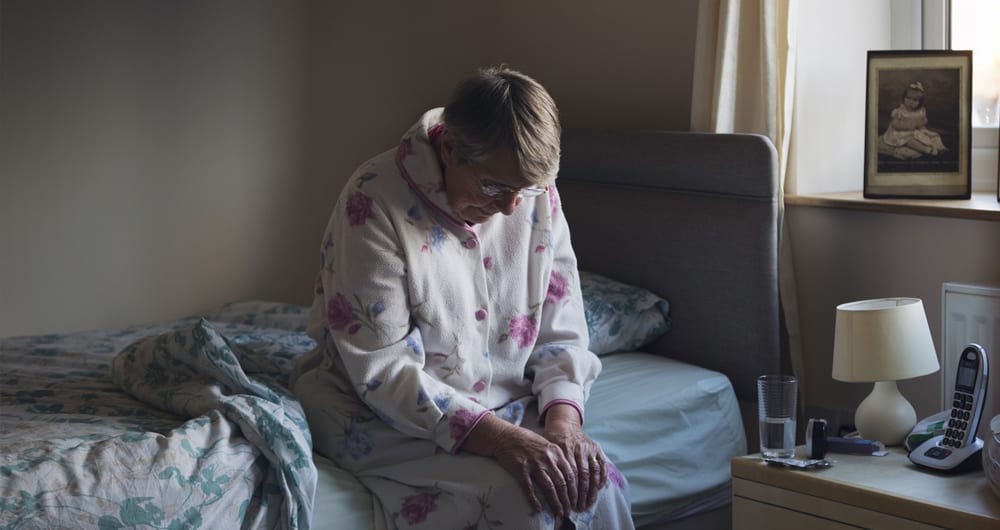
Residents in aged care often live with various medical conditions. While many have dementia, others have heart disease, diabetes, osteoarthritis and other medical conditions that need treatment and management.
Regardless, aged care residents are often frail, vulnerable and struggling with pain.
However, pain is frequently underdiagnosed and undertreated in the elderly and this problem is even more pronounced among residents with impaired cognition.
As some residents have difficulties communicating pain verbally, the only indicators of pain may be altered behaviours such as agitation, aggression, resistance to care, calling out and verbal abuse.
Pain can often be overlooked as a cause and these behaviours are often attributed to a symptom of dementia.
This can result in not only the undertreatment of pain, but also its mistreatment via the inappropriate use of psychotropics, such as benzodiazepines.
Residents with cognitive impairment tend to receive less pain relieving treatment, including less prescribed analgesics from their doctor and less nurse initiated analgesia.
It is also important to recognise that uncontrolled pain can be a cause of hyperactive or hypoactive delirium.
Identification of pain is lower in residents with cognitive impairment and as the severity of cognitive impairment increases, the rate of pain identification decreases.
Various studies have estimated that between 45-80% of residents in aged care facilities have substantial pain that is undertreated.
However, a study of residents of aged care facilities showed that pain management is improving. This study found that the vast majority (90.7%) of residents were prescribed an analgesic.
When a person has communication difficulties, and trouble verbalising, recognising pain can be a challenge.
In such situations, the Abbey Pain Scale can be used to assess pain in people who are unable to clearly articulate their needs.
The Abbey Pain Scale looks at six key areas;
When scored, the total determines whether the person is in no pain, mild, moderate or severe pain – and the appropriate action can be taken.
For the most accurate results, the pain scale should be used as a movement based assessment – meaning the judgement should be made while observing the elderly person while they are being moved, during pressure area care or while showering.
Pain needs to be properly managed as the inadequate treatment of pain has clinical consequences. It is associated with functional impairment, a higher risk of falls, mood changes such as depression and anxiety, disturbed sleep, lower levels of socialisation and behaviour changes such as agitation and aggression.
What do you have to say? Comment, share and like below.